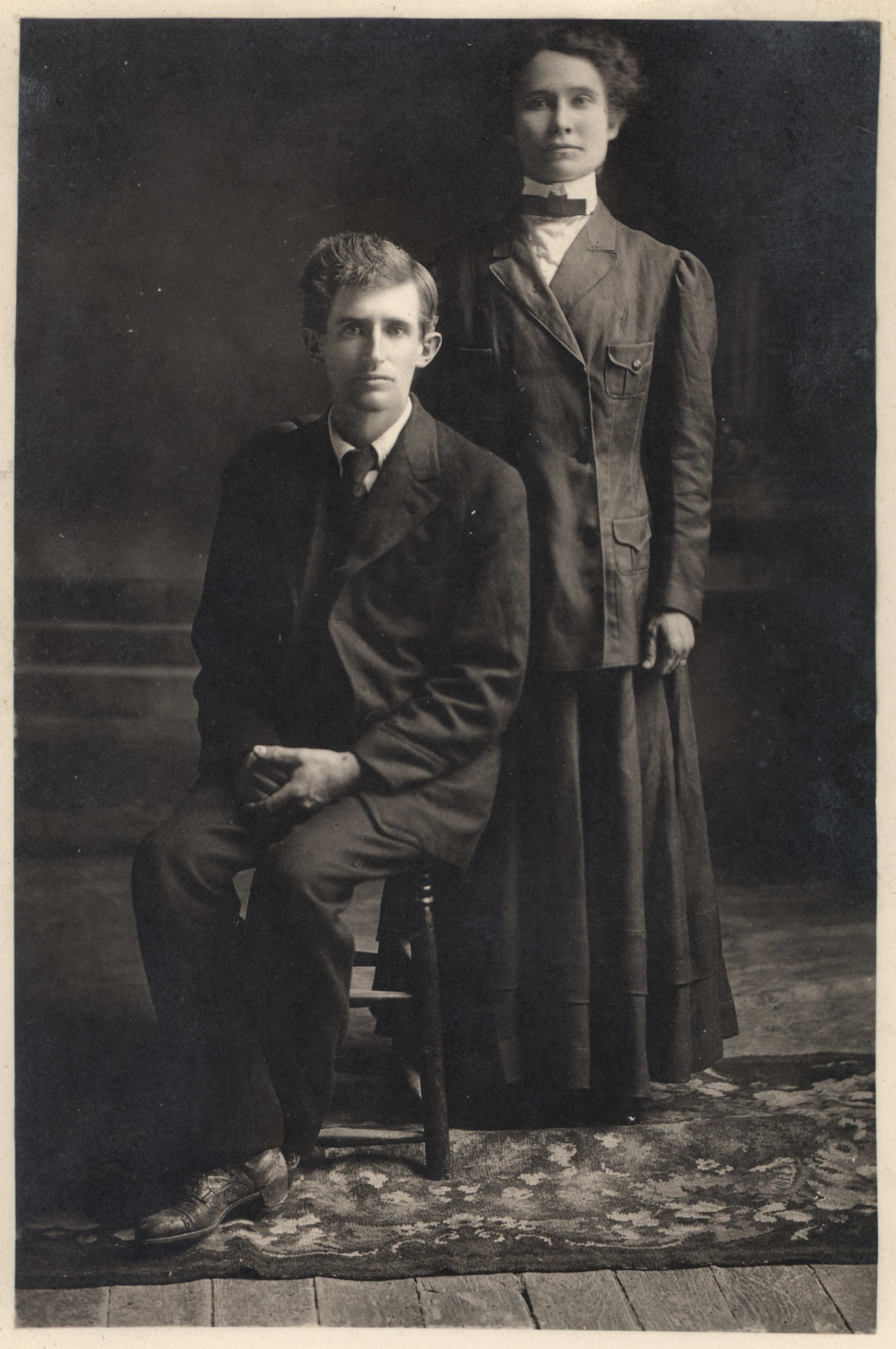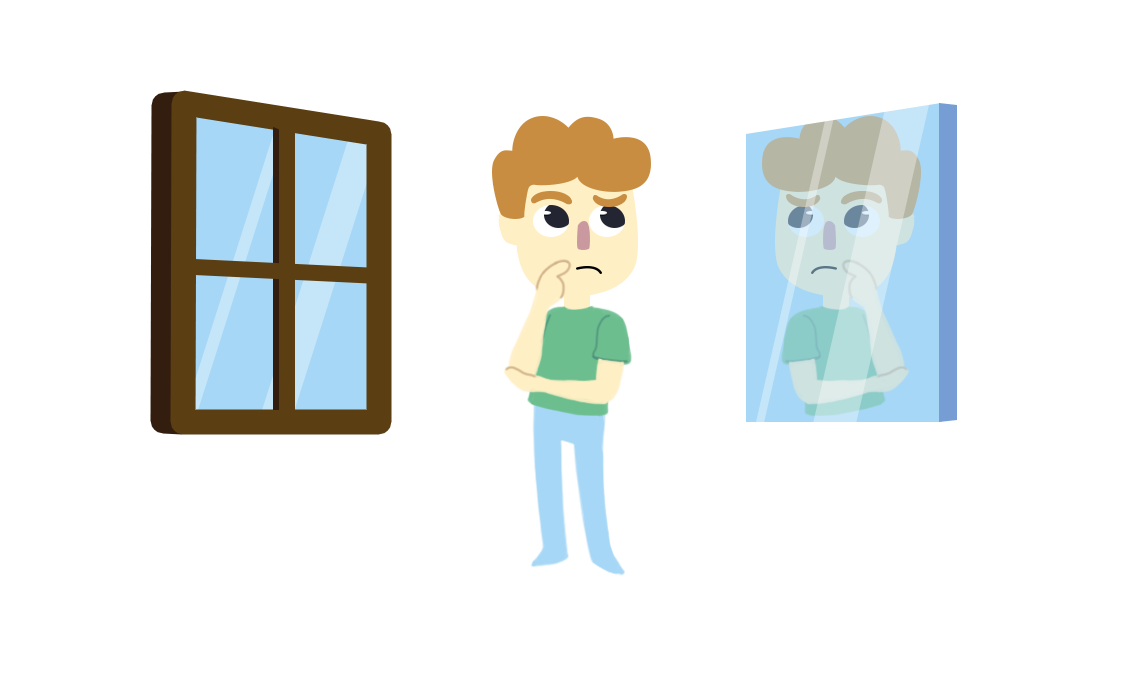Summary
Perspective taking is a valuable skill that teachers and students can cultivate in the classroom. When teachers create an environment that recognizes multiple cultural perspectives from outside the classroom, students are better supported in taking control of their own learning (NASEM, 2018). In these spaces, opposing cultures can come together to exchange ideas and formulate new solutions that consider all perspectives, learning is maximized, and learning is connected to more significant themes in students’ worlds, strengthening personal relevance and long-term understanding (Kuhlthau et al., 2015). This collection provides instructional strategies and lessons that help students to develop these valuable perspective-taking abilities.Resources

Participating in difficult conversations in a classroom setting gives students a chance to learn how to express ideas and opinions safely. In this lesson, students build trust and respect for each other, building their confidence to speak on difficult topics without fear. Students will engage with complex... Read more »
Food Fight: Difficult Conversations in the Classroom
Speaking and Listening
- English/Language Arts
- 9th - 10th
- 9.1.R.1, 9.1.R.2, 9.1.W.2

Students explore the benefits of working in a group with different viewpoints and reflect on their own work preferences and how they shape the ways they contribute to group work. Read more »
- Students
- Any time of year
- Medium Group (at least 10), Small Group
- Collaborate, Conversation Starter, Critical Thinking, Persuade, Physical Movement, Problem Solving, Reason, Speak & Listen
- College Admissions Procedures, Extracurricular Activities

This lesson explores the stories in history that are often forgotten. Frequently, textbooks include the "winners" of history, but the stories and perspectives of the "losers" of history are left out. Students will explore those stories in this lesson and look at all sides of history in an attempt to... Read more »
But What About Me?
Teaching Perspective in the Social Studies Classroom
- 6th - 12th
- Social Studies
- Human Geography, Oklahoma History, U.S. Government, U.S. History, World History, World Human Geography
- 4B

The art of storytelling is a common thread that runs through the history of virtually every culture. Each group of people has its own traditions, beliefs, and perspectives. These traditions have been passed down for generations through word of mouth, what historians call the oral tradition. This lesson... Read more »
Here's How I Heard It
Using Folklore to Improve Close Reading Skills
- 9th - 11th
- English/Language Arts
- American Literature, World Literature
- 9.2.R.2, 9.3.R.6, 9.3.R.7, CLR301, CLR302

In this lesson, students will consider the context and evaluate perspectives while comparing "Story of an Hour" and excerpts from "The Awakening". After reading the stories, students will write a short response from the perspective of the characters. Read more »
Totally Different Stories
Perspective
- English/Language Arts
- 9th Grade
- 9.3.R.2, 9.3.W.1, PPV402

Every story has at least two sides. While students may accept this idea in everyday life, they do not often explore this idea in literature. In this lesson, students will examine point of view in a familiar children's story from an author or narrator's perspective. Students will also examine other characters'... Read more »
The Way I See It
Point of View
- English/Language Arts
- 8th - 9th
- 8.3.R.2, 8.3.R.3, 8.3.W.1, 9.1.L.2, 9.3.R.2, 9.3.R.3, 9.3.W.1, PPV402, L&C 401

Windows and Mirrors
- 6th - 12th
This strategy helps students analyze multiple perspectives. Students determine whether a text, an image, or a video is a window into others' experiences and identities or is a mirror reflecting their own lived experiences and identities. Read more »
- Individual, Small Group, Whole Class
- Engage/Opening, Explore/Learning Activity, Explain/Closing, Extend/Additional Learning Activity
- 20 - 30 Minutes, More Than 30 Minutes
- Activate Prior Knowledge, Active Engagement, Analyze, Compare & Contrast, Conversation Starter, Critical Thinking, Interpret, Reflection, Speak & Listen, Synthesize
- 6th - 12th

True for Who?
- 4th - Undergraduate
This strategy guides students in exploring claims and truth from different perspectives. Read more »
- Large Group (at least 30), Medium Group (at least 10), Small Group, Small Group (at least 4), Whole Class
- Explore/Learning Activity, Explain/Closing, Extend/Additional Learning Activity, Evaluate/Assessment
- 20 - 30 Minutes
- Active Engagement, Analyze, Brainstorming, Compare & Contrast, Critical Thinking, Elaborate, Evaluate, Identify, Interpret, Recognize, Speak & Listen, Summarize, Synthesize
- 4th - Undergraduate

Step In, Step Out, Step Back
- Kindergarten - Undergraduate
This strategy helps students analyze and understand differing social and cultural perspectives by putting themselves in the shoes of a historical figure or literary character. Read more »
- Individual, Large Group (at least 30), Medium Group (at least 10), Small Group, Small Group (at least 4), Whole Class
- Engage/Opening, Explore/Learning Activity, Explain/Closing, Extend/Additional Learning Activity, Evaluate/Assessment
- 10 - 20 Minutes, 20 - 30 Minutes
- Analyze, Compare & Contrast, Critical Thinking, Interpret, Reflection
- Kindergarten - Undergraduate

Two-Voice Poems
- 6th - 12th
This cross-curricular writing activity provides opportunities for students to write on a topic using two different perspectives. Read more »
- Individual, Whole Class
- Explore/Learning Activity, Explain/Closing, Extend/Additional Learning Activity
- More Than 30 Minutes
- Analyze, Collaborate, Compare & Contrast, Critical Thinking, Elaborate, Speak & Listen, Summarize, Synthesize, Writing
- 6th - 12th

RAFT
- 6th - 12th
This strategy enables students to create new understanding about a topic by adopting another point of view in their written responses. Read more »
- Individual
- Explain/Closing, Extend/Additional Learning Activity, Evaluate/Assessment
- 20 - 30 Minutes, More Than 30 Minutes
- Critical Thinking, Identify, Student Choice, Synthesize, Writing
- 6th - 12th

Historical Mingle
- 11th - 12th
This strategy encourages students to dive deeper into the perspectives of people throughout history in order to understand the "bigger picture." Read more »
- Whole Class
- Engage/Opening, Explore/Learning Activity
- Less Than 10 Minutes, 10 - 20 Minutes
- Conversation Starter, Infer, Speak & Listen, Summarize
- 11th - 12th

Mirror, Microscope, Binoculars
- 6th - Secondary
This reflection strategy is a way for students to look at their learning through three different lenses: self-reflection, learning reflection, and social/global reflection. This strategy is best used at the end of a unit or activity. Read more »
- Large Group (at least 30), Medium Group (at least 10), Small Group, Small Group (at least 4), Whole Class
- Evaluate/Assessment
- Less Than 10 Minutes, 10 - 20 Minutes
- Analyze, Critical Thinking, Reflection, Self-assessment
- 6th - Secondary
Standards
- setting
- plot
- characters (i.e., protagonist, antagonist)
- character development
- theme
- conflict (i.e., internal and external)
- archetypes
This work is licensed under a Creative Commons CC BY-SA 4.0 License.
Report copyright infringement »

